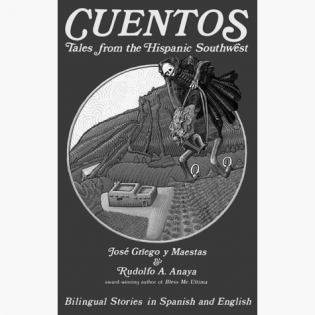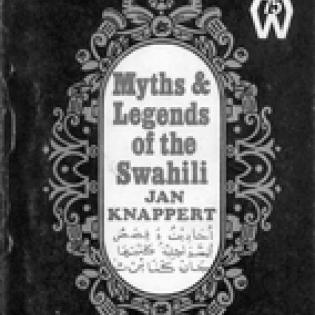Filter by subjects:
Filter by grades:
Filter by audience:
Filter by issue area:
Filter by content type:
Filter by resource type:
resource search
Resource Type:
Story
Grade Level:
9
10
11
12
Tell me a story...
Once there lived a very poor woman who lived alone with her only child. One day the son, who was only ten, decided to seek work. “Mother,” he said, “let me go out and look for work.”
Resource Type:
Story
Grade Level:
9
10
11
12
Tell me a story...
Resource Type:
Story
Grade Level:
9
10
11
12
Tell me a story...
One day, an innkeeper came to Rabbi Levi Yitzchak of Berdichev. "Rabbi," he said. "Is a man permitted to defend his property?"
The rabbi said, "Of course. What needs defending?"









